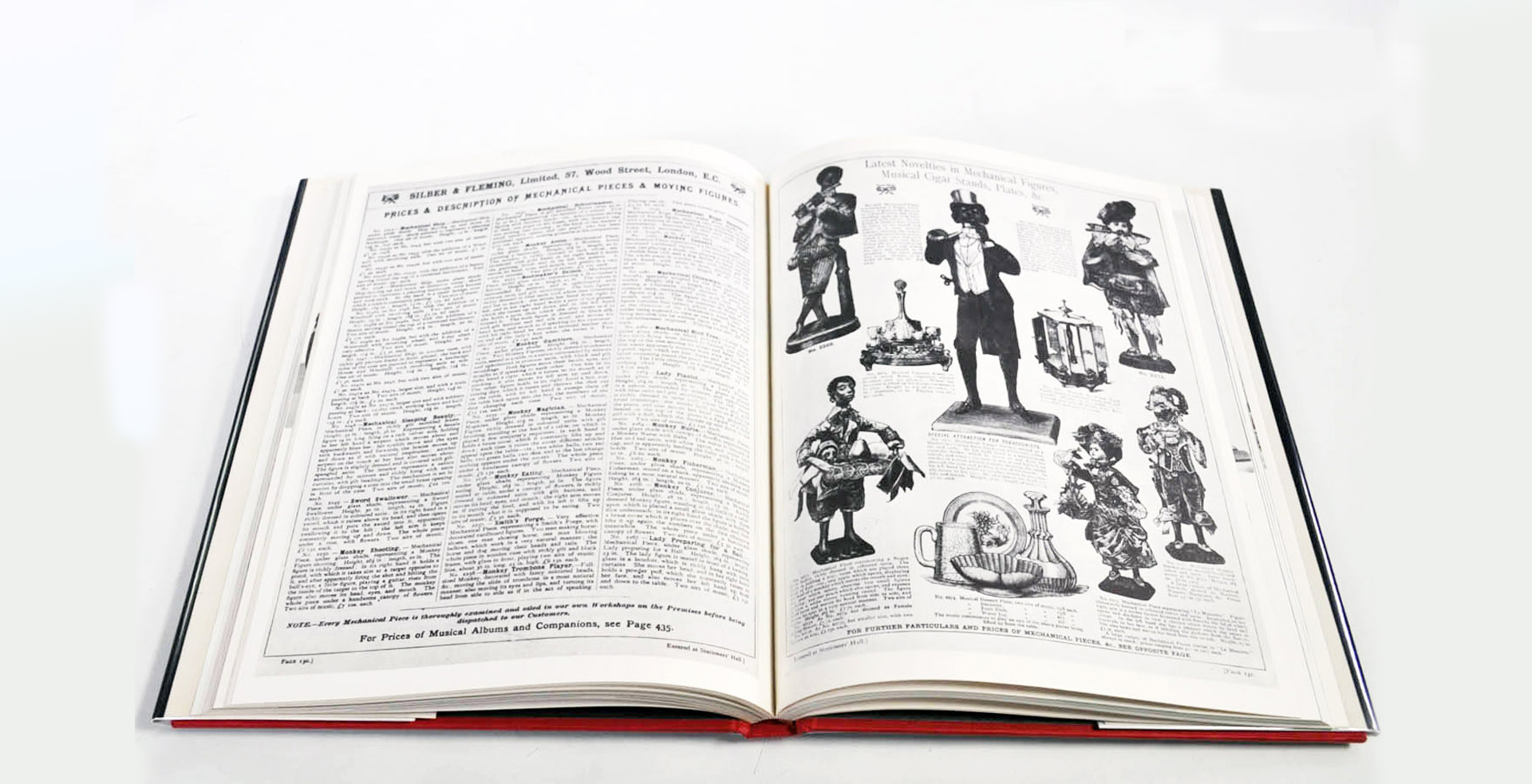SECTION 3
Read the text below and answer Questions 28-40.

A brief history of automata
An automaton is a machine, usually made to resemble a person or animal, that operates on its own, once it has been started. Although few are constructed nowadays, they have a history stretching back well over two thousand years. Several myths show that the ancient Greeks were interested in the creation of automata. In one, Hephaestus, the god of all mechanical arts, was reputed to have made two female statues of pure gold which assisted him and accompanied him wherever he went. As well as giving automata a place in mythology, the Greeks almost certainly created some. These were probably
activated by levers and powered by human action, although there are descriptions of steam and water being used as sources of power. Automata were sometimes intended as toys, or as tools for demonstrating basic scientific principles.
Other ancient cultures, too, seem to have developed automata. In Egypt, Ctesibius experimented with air pressure and pneumatic principles. One of his creations was a singing blackbird powered by water. A Chinese text of the third century BC describes a life-size, human-shaped figure that could walk rapidly, move its head up and down, sing and wink its eye.
Much later, Arab engineers of the ninth and thirteenth centuries wrote detailed treatises on how to build programmable musical fountains, mechanical servants, and elaborate clocks. A ninth-century ruler in Baghdad had a silver and gold tree with metal birds that sang. The art of creating automata developed considerably during the fifteenth century, linked with improvements in clock making: the mechanisms of automata and clocks had a great deal in common. Some truly remarkable automata were produced at this time. Muller was reputed to have made an artificial eagle which flew to greet the Emperor on his entry into Nuremberg, Germany, in 1470, then returned to perch on top of a city gate and, by stretching its wings and bowing, saluted the emperor on his arrival. Leonardo da Vinci made a lion in honour of the king of France, which advanced towards him, stopped, opened its chest with a claw and pointed to the French coat of arms.
Automata were normally very expensive toys for the very rich. They were made for royal or aristocratic patrons, to be viewed only by themselves and selected guests – who were expected to be impressed by their wealth. Automata were also created for public show, however, and many appeared on clock towers, such as me one in Bern, Switzerland, built in 1530.
During the eighteenth century, some watchmakers made automata to contribute to the progress of medicine and the natural sciences, particularly to investigate the mechanical laws governing the structure and movement of living things. Many of their creations simulated almost perfectly the complex structure of human beings and animals. Maillardet made extensive use of gearing and cogs to produce automata of horses, worked by turning a handle. Vaucanson produced a duck made of gilded copper which ate, drank and quacked like a real duck. He also made a life-size Female flute player. Air passes through the complex mechanism, causing the lips and fingers of the player to move naturally on the flute, opening and closing holes on it. This automaton had a repertoire of twelve tunes.
In another well—known piece, Merlin’s silver swan made in 1773, the swan sits in a stream consisting of glass rods where small silver fish are swimming. When the clockwork is wound, a music box plays and the glass rods rotate, giving the impression of a flowing stream. The swan turns its head from side to side. lt soon notices the fish and bends down to catch and. eat one, then raises its head to the upright position. The mechanism still works.
One of the most skilled makers of automata was the Swiss watchmaker jaquet-Droz. He produced three automata which, even today, are considered wonders of science and mechanical engineering. One of these, The Writer, simulates a boy sitting at a desk, dipping his pen into the ink and writing perfectly legibly.
Another Stunning creation of the eighteenth century was the Mechanical Theatre in the grounds of Austria’s Hellbrunn Palace, home of the Archbishop of Salzburg. Designed by the miner Rosenegger, and completed in 1752, this depicts the nobility’s idea of a perfect society, with every class in its proper place. The figures inside a palace depict eighteenth- century court life, while industrious activity is carried on in and around this building. A total of 141 mobile and 52 immobile little figures demonstrate all manner of trades of the period: building workers bring materials to the foreman, who drinks; butchers slaughter an ox; a barber shaves a man. A dancing bear performs, guards march past the palace, a farmer pushes an old woman in a wheelbarrow over the road. The theatre shows great skill in clock making and water technology, consisting of hidden waterwheels, copper wiring and cogwheels.
During the nineteenth century, mass production techniques meant that automata could be made cheaply and easily, and they became toys for children rather than an expensive adult amusement. Between 1860 and 1910, small family businesses in Paris made thousands of clockwork automata and mechanical singing birds and exported them around the world. However, the twentieth century saw traditional forms of automata fall out of favour.